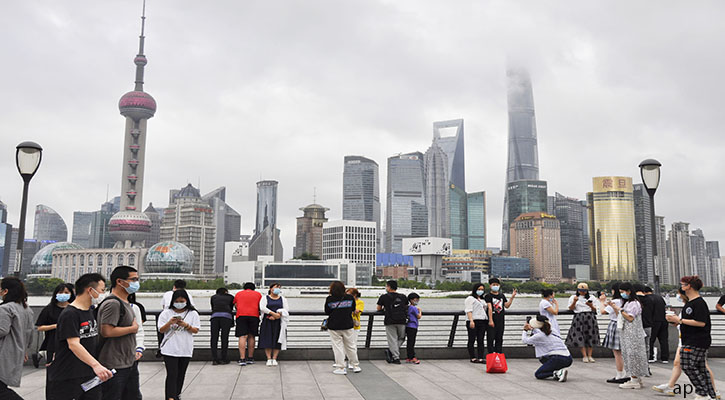
Here at Morningstar this week, we’ve been exploring everything emerging markets. It’s been a tricky year for investors overall, not just those investing in the more volatile economies of the world. And while it means that there certainly are deals out there to be had, there will certainly also be value traps.
As we know, just because a stock is cheap, doesn’t mean it’s a good buy. This is where Morningstar’s analysis could help – and our price/fair value tool and Morningstar Star Rating are great examples. Both help reveal what we think a stock is worth, and how much more or less it is currently trading at.
And as we continue our emerging markets coverage, we have taken a look at both the cheapest and most expensive stocks. To do this, we’ve searched our database for stocks from emerging economies with the highest and lowest price/fair value.
How does it work? If a stock’s price/fair value is 1.50, it means we believe it to be 50% more expensive than what we believe the stock is worth. Similarly, if the price/fair value is 0.5, it is trading at a 50% discount.
It may not come as a surprise that both of our lists are made up of almost all China stocks. What’s happening, and why is it so dominant on both ends of the valuation spectrum?
China stocks were already struggling when the rest of the market dipped this year. After tech stocks soared in the pandemic, the government started introducing strict regulation of certain sectors under the "Common Prosperity" drive. This year has seen repeated lockdowns in cities like Shanghai, which has further disrupted global supply chains.
On the geopolitical side, its diplomatic alignment with Russia has highlighted the idea of "the West versus the rest", which has serious implications for global growth, as my colleague James Gard said earlier this week.
The five cheapest stocks you can get at the moment are Central China Management (09982), A-Living Smart City Services (03319), Country Garden Services (06098), Shimao Group (00813), and Centra China New Life (09983). The six cheapest shares are all operating in the real estate industry with price/fair values between 0.33 down to 0.24. On the list we do also see one Taiwan company, MediaTek (2454) .
That said, JD.com (09618) and Alibaba (09988), while not on the list, are among the tech stocks that have rebound from their 2021 lows. The former has gained as much as 20%, while still maintaining a Morningstar Star Rating of 5, while the latter has 4 Stars.
On the expensive side, only five of the stocks have a Morningstar Star Rating of 1, but one is far more expensive than the rest: real estate developer Sunac China (01918). There are three airlines on the list as well, China Eastern Airlines (600115), Air China (601111) and 2-star China Southern Airlines (600029). And, perhaps because of easing lockdowns, Tsingtao Brewery (600600) is also trading in 1-star territory.
Because of its heavy weighting in emerging markets indices, China could be key to a turnaround. China funds have enjoyed some tailwinds over the past weeks, and some are speculating on whether the market can be a hedge against a potential US recession. Moreover, the strain on supply chains and logistical friction is easing.
So is the Chinese market primed for another bull run? Ivan Su, senior equity analyst at Morningstar, says: “A gradual recovery of stock valuations mostly reflects a loosening of regulatory impacts, but macro headwinds still exist.”
For example, while Shanghai ending its lockdown in June, the country has yet to turn its back on its zero-tolerance mindset to Covid-19. These lockdowns forced the suspension of JD.com’s warehouses while ad sales-driven firms like Tencent (00700) (both 5-star stocks) were under pressure because of muted consumption.
Overall, emerging markets have proved relatively resilient in the global market, according to Ewan Thompson, manager of the Liontrust Emerging Markets Fund. He says the combination of severe global macro headwinds and EM-specific burdens has been a challenging backdrop, “and yet it is remarkable that at the halfway point of the year, emerging markets have outperformed their developed market counterparts.”
“It should be reiterated how unusual it is for emerging markets to prove more defensive than developed markets in such periods of market turmoil.”
Note: This article has been amended on July 22, 2022. The undervalued table has been recalculated and updated with new stocks.





























